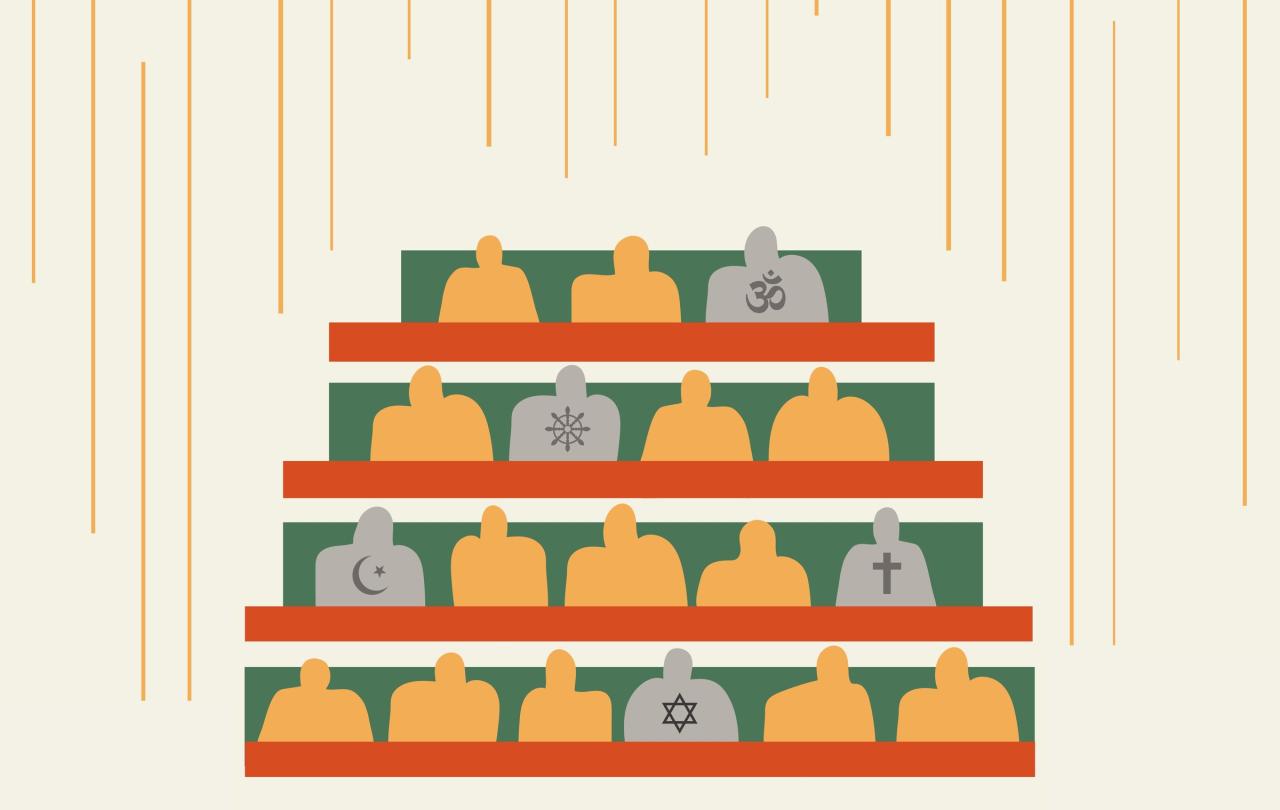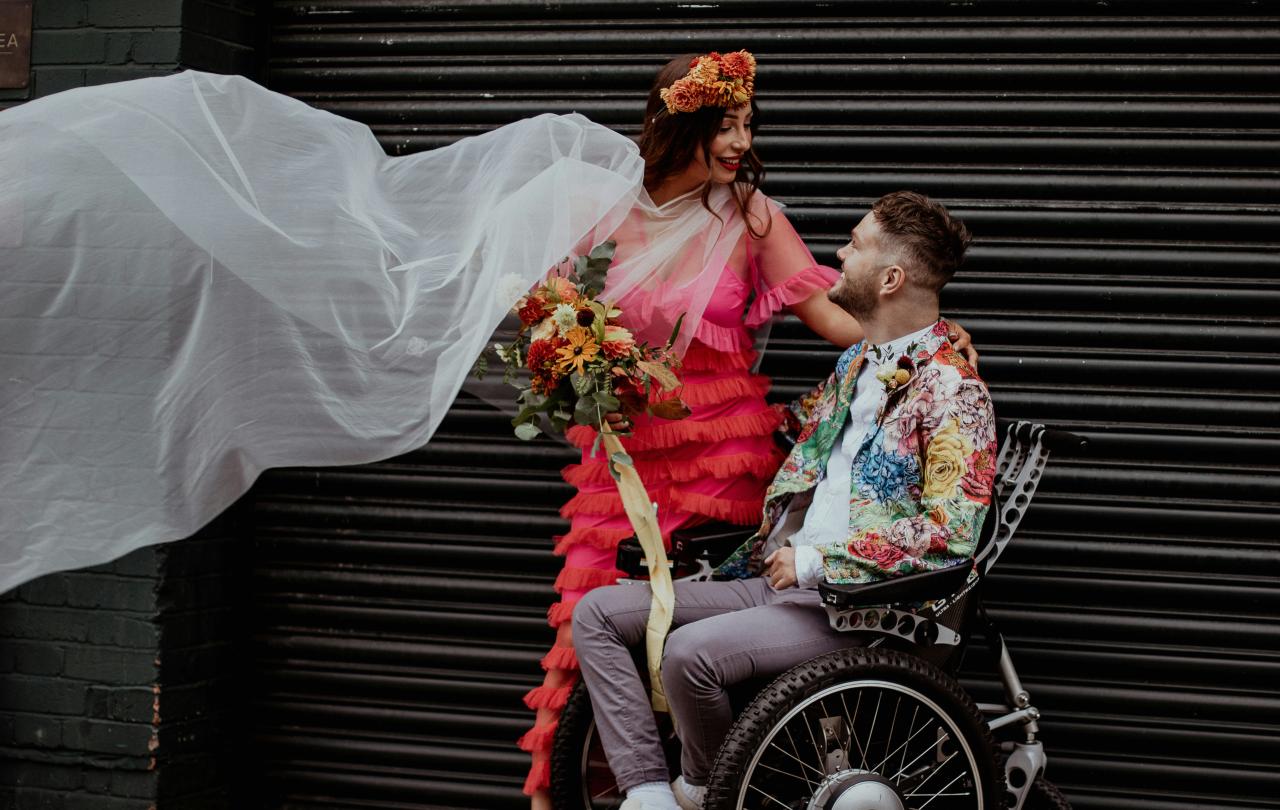
“There are some who oppose this crucial reform,” Esther Rantzen wrote recently of MPs who dared to opposed Kim Leadbeater’s Terminally Ill Adults (End of Life private member’s bill. “Many of them have undeclared personal religious beliefs… [do] they have the right to impose them on patients like me, who do not share them?”
This is a peculiarly common argument for those who support the right to Assisted Dying, which is surprising as it would be hard to come up with a less coherent case against religion in public life. The idea that elected MPs engaged in parliamentary debate are “imposing” their will on other people is odd. The idea that MPs have undeclared personal religious beliefs is strange too. I think it’s fair to say that most people know that Shabana Mahmood is a Muslim or Tim Farron is a Christian, and for those that don’t know that but do have access to Google, it takes less than five seconds to find out the religious beliefs of an MP.
Perhaps most tellingly, however, why is it that we should be alert to – read wary of – MPs religious beliefs? Do the non-religious not have beliefs of which we should be cognizant? If my MP is motivated by a philosophy of relentless, Peter Singer-like utilitarianism or vague, incoherent secular humanism I’d like to know.
In truth, Rantzen’s intervention in this debate, like that of a number of others – Lord Falconer, Simon Jenkins, Humanists UK, etc. – is part of a recent and rather dispiriting attempt to de facto exclude religious contribution to public debates by accusing them of being dishonest.
To be clear, secular voices have long tried to exclude religious ones, but the tactics change. Back in the New Atheist heyday of the early twenty first century, all you needed to do was splutter something about sky fairies or Bronze Age beliefs or mind viruses to close down any sort of religious intervention. If, as Richard Dawkins famously put it, faith was one of the world’s great evils, comparable to the smallpox virus only harder to eradicate, no sensible parliament could possibly want to heed what faith had to say.
Even back then, however, there were subtler arguments against faith, which usually came in the form of semi-digested Rawslian political liberalism, and demanded the religious participation in public debate had to obey the strictures of “public reasoning”, using logic and language that “all reasonable people” will understand.
There are quite a few holes in this particular away of thinking (who are “reasonable people” anyway?) but as a rule of thumb, it’s not a bad one to follow. It is quite right and proper, if only as a matter of pragmatism, to speak in terms that your opponents will get, just as it is right and proper, as a matter of courtesy, to be open about what ultimately motivates you.
And so that is what religious figures – MPs, leaders, institutions – do. Having read through pretty much all their contributions to the assisted dying debate, in parliament and beyond, I can testify that not many people, on either side of the debate, quote scripture or invoke papal teaching as a way of persuading, let alone commanding, others. (As it happens, parliamentarians haven’t really done that since the 1650s, but that’s another story).
Rather, they argue in terms of policy and principles. They talk about the risk of legislative slippage, of changing attitudes to the vulnerable, of the need for better palliative care, of existing pressures on the NHS, etc. This is quite right and proper. As James Cleverly remarked in the Common debate in November, “We are speaking about the specifics of this Bill: this is not a general debate or a theoretical discussion, but about the specifics of the Bill”. And so that is what they did.
Does anyone seriously think it is a good idea to compel a believing Jew to stand up in parliament and declare her faith before she were allowed to speak?
In effect, religious public figures, whether or not their beliefs are “declared”, do what they have (rightly) been asked to do by those who have appointed themselves as gatekeepers for our public debate. And so this has forced the usual suspects to pivot in their argument. No longer able to dismiss religious contributions for what they say (“don’t quote the Bible at me!”) they are now compelled to dismiss them for what they don’t say. Hence, the trope that has become popular among such campaigners – “you are not being honest about your real motivations”.
A new report from the think tank Theos, entitled, How much have your religious views influenced your decision?”: religion and the assisted dying debate, unpacks the various objections that have been levelled at the religious contribution to the debate, and then systematically dismantles them.
Some of these objections are old school in the extreme.
Religious belief is too intellectually inadequate or disfiguring for debates of this nature.
Religion is insufficiently willing to adapt and compromise for politics.
Faith is ill-fitted or even inadmissible in a secular polity or culture.
But the report majors on the newer objection, so clearly displayed by Esther Rantzen, what we might call “dishonesty” objection, that religious contributors are fundamentally dishonest about their motivations and objectives.
In truth, this is no stronger than the more tried and tested objections, and it displays a serious, possibly intentional, misunderstanding of what a religious argument actually is. To quote the political philosopher Jeremy Waldron, such secular campaigners “present it as a crude prescription from God, backed up with threat of hellfire, derived from general or particular revelation, and they contrast it with the elegant simplicity of a philosophical argument by Rawls (say) or Dworkin [and] with this image in mind, they think it obvious that religious argument should be excluded from public life.”
Contemporary arguments against religion in public life are slightly more sophisticated than Waldron’s caricature here, but not much. The idea that religio should be “declared” as a competing interest, so as to stop religious participants in debate from being “dishonest” is every bit as sinister, against both the letter and the spirit of plural, liberal democracy. Does anyone seriously think it is a good idea to compel a believing Jew to stand up in parliament and declare her faith before she were allowed to speak?
As the assisted dying debate returns to parliament for the final push, there will be much animated debate. That is quite right and proper. A democracy needs vigorous and honest argument. But part of that honesty involves opening the doors of debate to everyone, and not subtly trying to exclude those with whom you disagree on the spurious grounds that they are being dishonest.
Support Seen & Unseen
Since Spring 2023, our readers have enjoyed over 1,000 articles. All for free.
This is made possible through the generosity of our amazing community of supporters.
If you enjoy Seen & Unseen, would you consider making a gift towards our work?
Do so by joining Behind The Seen. Alongside other benefits, you’ll receive an extra fortnightly email from me sharing my reading and reflections on the ideas that are shaping our times.
Graham Tomlin
Editor-in-Chief





